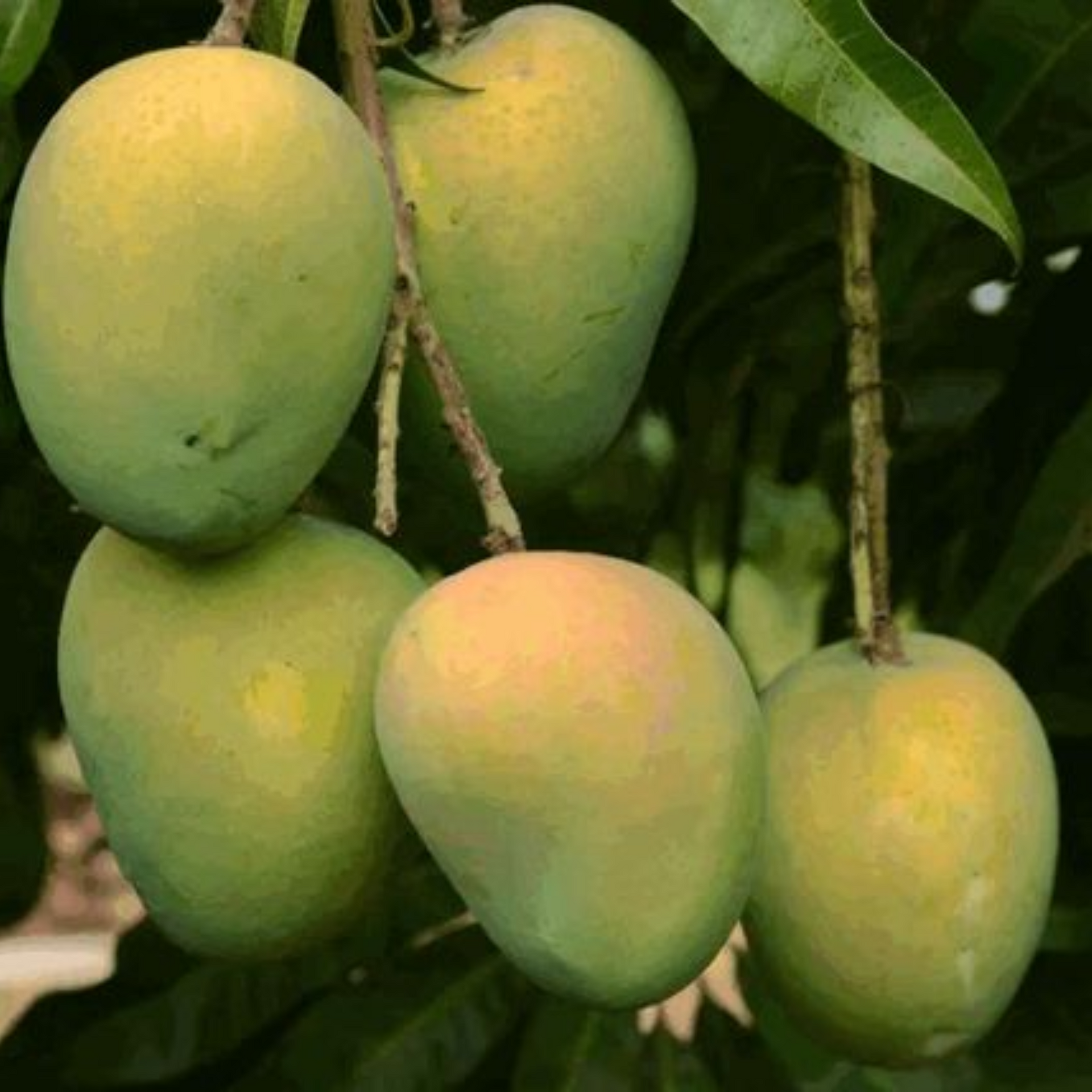



Exclusive Langra Mango Live Plant-Green Paradise Live
Rs. 499.00
Guaranteed Safe Checkout
Green Paradise Offers Langra Mango Plant
About Langra Mango Plant
The Langra mango is a popular mango variety cultivated in the Indian subcontinent, particularly in the regions of Uttar Pradesh, Bihar, and West Bengal. It is known for its unique flavor, aroma, and juicy texture, making it one of the most sought-after mango varieties in the region.
Here are some key characteristics and information about the Langra mango plant:
Appearance:
The Langra mango is medium-sized and typically weighs between 200 to 300 grams. It has an oval shape and greenish-yellow skin when ripe. The skin may develop some brownish spots as it ripens further.
Flavor and Aroma:
The Langra mango is renowned for its distinct flavor and aroma. It has a sweet, tangy, and rich taste with a hint of citrus notes. The aroma is pleasantly sweet and enticing.
Texture:
The Langra mango has tender and juicy flesh that is fiberless. This makes it a delight to eat, as the flesh melts in your mouth.
Season:
The Langra mango is primarily available during the summer season, usually from June to July in India. It is considered an early-season mango variety.
Growing Conditions:
The Langra mango tree thrives in tropical and subtropical climates. It requires a warm climate with temperatures between 24 to 30 degrees Celsius (75 to 86 degrees Fahrenheit) for optimal growth. The tree prefers well-drained soil with good moisture retention.
Tree Characteristics:
The Langra mango tree is medium to large in size, growing up to 10-15 meters (33-49 feet) in height. It has a dense and spreading canopy with dark green, glossy leaves.
Cultivation:
Langra mango trees are usually propagated through grafting or budding techniques. They require regular irrigation during the growing season and benefit from organic fertilizers. Proper pruning is important to maintain the tree's shape and promote fruit production.
Culinary Uses:
The Langra mango is highly versatile and is enjoyed both as fresh fruit and in various culinary preparations. It is used to make mango-based desserts, juices, smoothies, chutneys, and pickles.
Nutritional Value:
Like most mango varieties, Langra mangoes are rich in vitamins, minerals, and dietary fiber. They are a good source of vitamin C, vitamin A, potassium, and antioxidants.
The Langra mango's distinct flavor and unique characteristics have contributed to its popularity among mango enthusiasts. It is often hailed as one of the finest mango varieties in India and is eagerly awaited during the summer season.






